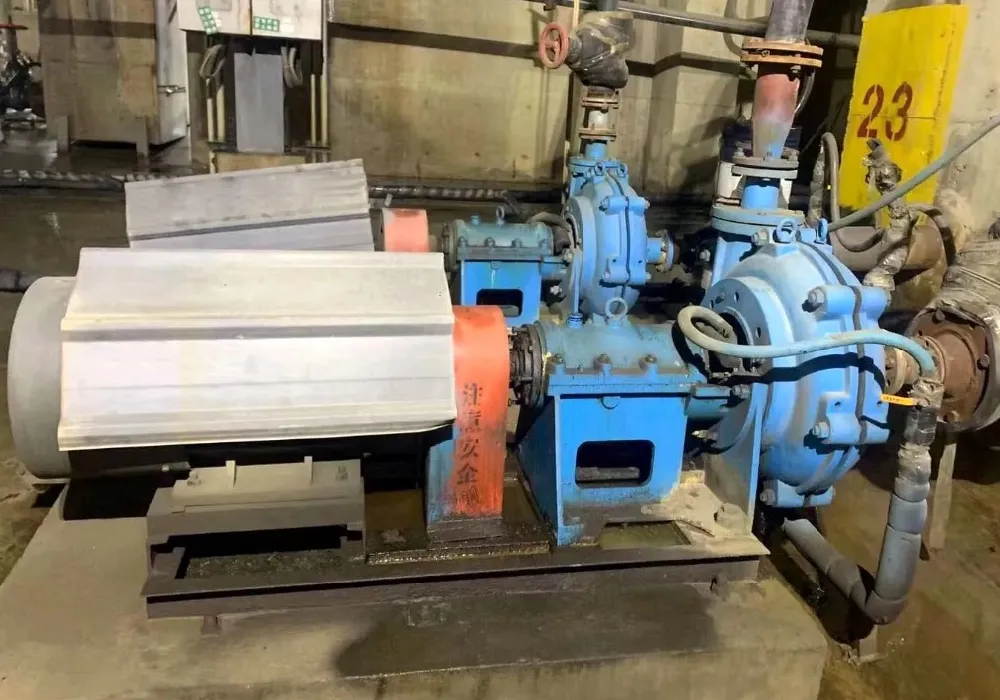-
 support@minemaxx.com
support@minemaxx.com
-
 0086-311-87833311
0086-311-87833311
 NO.8 JIHENG STREET,QIAOXI DISTRICT,SHIJIAZHUANG,HEBEI,CHINA
NO.8 JIHENG STREET,QIAOXI DISTRICT,SHIJIAZHUANG,HEBEI,CHINA
Understanding the Role of Impellers in Pump Performance and Efficiency
Understanding the Role of the Impeller in a Pump
Pumps are essential components in various industrial and engineering applications, serving as the backbone for fluid transport systems. A critical element in the operation of a pump is the impeller. Understanding the role of the impeller is crucial for anyone involved in pump design, maintenance, or operation. This article delves into the function, types, and importance of the impeller within a pump system.
What is an Impeller?
An impeller is a rotating component of a pump that transfers energy from the motor to the fluid being pumped. Typically shaped like a modified fan or propeller, the impeller is designed to rotate within a pump housing or volute. As it spins, it imparts kinetic energy to the fluid, raising its velocity and creating centrifugal force, which in turn moves the fluid through the pump and into the connected piping system.
How Does an Impeller Work?
The primary function of an impeller is to increase the energy of the fluid. When the impeller rotates, the blades create a low-pressure area at the center, drawing fluid in through the inlet. As the impeller continues to spin, the fluid is forced outward to the edges of the impeller blades due to centrifugal force. This motion increases the fluid's velocity, converting kinetic energy into pressure energy as the fluid exits the pump.
In essence, the impeller's action can be broken down into several stages 1. Inlet Flow Fluid enters the pump through the suction inlet, where the pressure is lower due to the rotating impeller. 2. Acceleration The blades of the impeller move the fluid outward, increasing its velocity. 3. Discharge As the fluid exits the impeller, it enters the diffuser or volute, where its velocity decreases, and pressure increases, allowing for efficient movement through the piping system.
Types of Impellers
Impellers come in various designs, each suited to specific applications and fluid types. The two primary types of impellers are
impeller on a pump

1. Closed Impellers These have vanes (blades) that are enclosed between two disks. They are highly efficient and handle a wide range of fluids, including those with suspended solids. 2. Open Impellers These consist of vanes attached to a hub with no enclosing disks. They are simpler in design and better suited for applications with viscous fluids or slurries, as they can accommodate solid particles without clogging.
Other specialized types of impellers, such as semi-open or vortex impellers, may be employed depending on the specific requirements of the fluid and the system.
Importance of Impeller Design
The design of the impeller is crucial for pump performance. Factors such as the number of vanes, blade angle, and diameter significantly impact the pump's efficiency, head capacity, and flow rate. A well-designed impeller can maximize fluid velocity while minimizing turbulence, leading to optimal energy transfer and reduced wear and tear on the pump components.
Maintenance Considerations
Regular maintenance of the impeller is vital for pump longevity. Over time, impellers can experience wear due to cavitation, corrosion, or abrasion, leading to decreased efficiency and potential pump failure. Periodic inspections and replacements ensure that the pump operates at its maximum efficiency and extends the life of the equipment.
Conclusion
The impeller plays a pivotal role in the functioning of pumps across a wide range of applications. By converting mechanical energy into hydraulic energy, it enables the efficient movement of fluids essential for industrial processes, water treatment, and many other applications. Understanding the design, function, and maintenance of impellers can help engineers and operators ensure optimal performance and reliability of their pumping systems. In summary, the impeller is not just a component; it is a key driver of pump functionality, reflecting the importance of proper design and maintenance in fluid transport systems.
-
Wet Parts for Optimal PerformanceNewsOct.10,2024
-
Vertical Pump Centrifugal SolutionsNewsOct.10,2024
-
Top Slurry Pump ManufacturersNewsOct.10,2024
-
The Ultimate Guide to Centrifugal Pump for SlurryNewsOct.10,2024
-
Pump Bearing Types for Optimal PerformanceNewsOct.10,2024
-
A Guide to Top Slurry Pump SuppliersNewsOct.10,2024
-
Slurry Pump Parts for Optimal PerformanceNewsSep.25,2024

